Saving Water Saves Energy and Reduces Greenhouse Gas Emissions
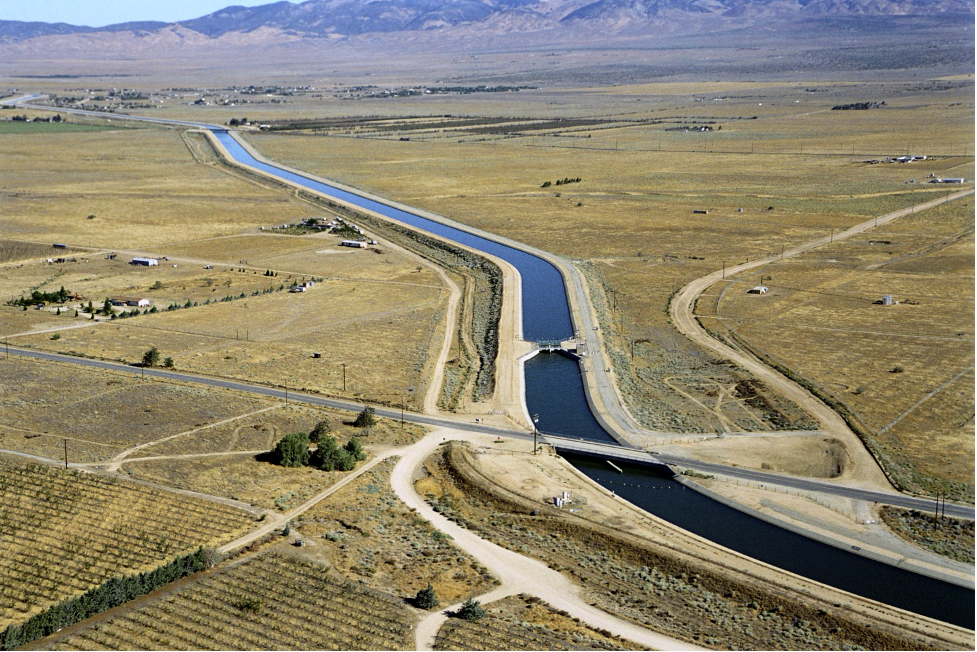
UC Davis and LADWP Collaborate on Landmark Energy-Water Conservation Study February 4, 2021 Conserving water goes beyond just saving water; it plays a vital role in conserving energy and reducing greenhouse gas emissions (GHGs). This is one of the main conclusions of a landmark study conducted by UC Davis in collaboration with the Los Angeles […]
Roadmap to Renewables Unites Climate and Sustainability Goals
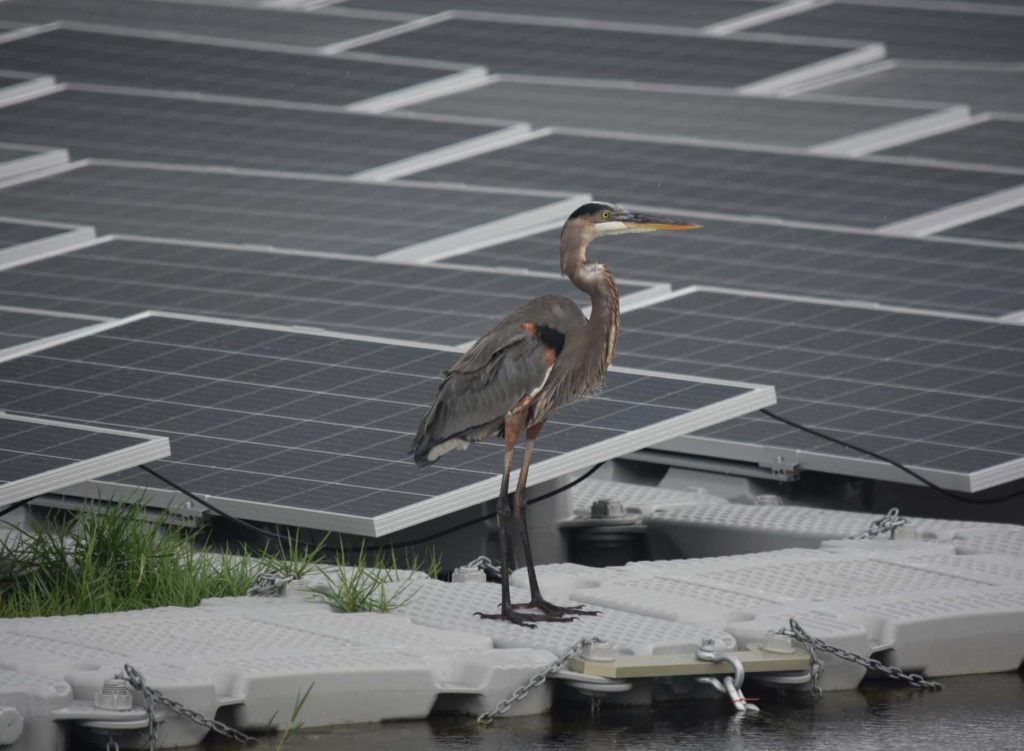
Vision and Research Gaps for a Low-Carbon, Biodiverse Future By Kat Kerlin on December 18, 2020 in Environment While the pressures of climate change bring a sense of urgency to renewable energy development, a new study serves as a roadmap toward uniting the goals of a low-carbon future with that of ecological sustainability and conservation. The […]
The Distance Local Energy Goes to Bring Power to the People
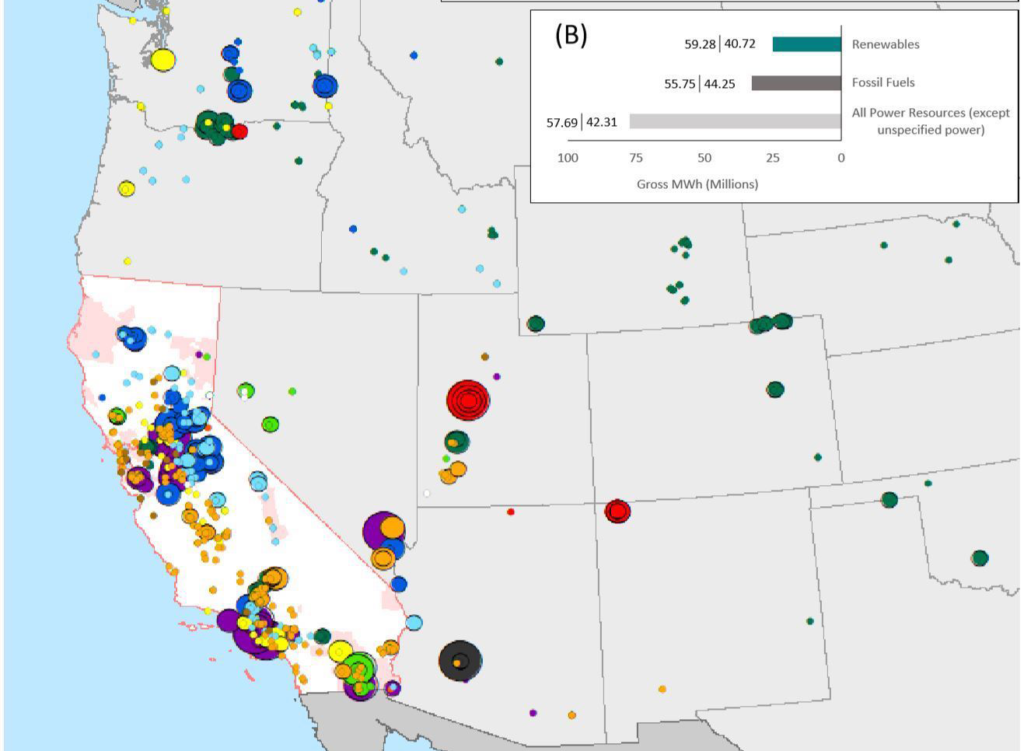
Study Comparing Energy Providers Finds Parallels to Local Foods Movement By Kat Kerlin on October 12, 2020 in Environment When you go to the grocery store, you can look at an apple and know if it was grown in Chile, Washington or somewhere closer to you by a quick glance at its sticker. But consumers […]
Cacti and Other Iconic Desert Plants Threatened by Solar Development
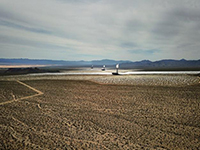
Native Desert Plants Important to Indigenous Cultures Especially Vulnerable By Kat Kerlin on July 20, 2020, in Environment With their tough skins, pointy armor and legendary stamina, cacti are made to defend themselves from whatever nature throws at them. But large solar energy facilities are one threat that cacti weren’t built to withstand, according to a […]
Kelly Kissock Appointed as New Faculty Director
May 20, 2020–The UC Davis Energy and Efficiency Institute is pleased to announce the appointment of Dr. Kelly Kissock as its new Faculty Director. The Institute accelerates the development and commercialization of sustainable energy solutions and trains future leaders in energy. Kissock’s faculty appointment is in the UC Davis Mechanical and Aerospace Engineering Department, where […]
ICB/TABB Becomes an Affiliate of the UC Davis Western Cooling Efficiency Center

November 25, 2019 – UC Davis’ Western Cooling Efficiency Center (WCEC) is excited to introduce their newest affiliate, The International Certification Board (ICB) and Testing, Adjusting and Balancing Bureau (TABB). ICB/TABB sets the certification standards for the HVAC industry. As an affiliate, ICB/TABB will join WCEC’s efforts to accelerate development and commercialization of efficient heating, […]
Research Team Receives $2.4 Million Award to Advance Heat Exchangers
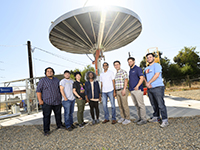
UC Davis and Carnegie Mellon University received a $2.4 million grant from the U.S. Department of Energy’s Advanced Research Projects Agency–Energy (ARPA-E) to develop novel heat exchangers for high temperature and high pressure applications. Such heat exchangers can advance development of high efficiency modular power systems. Heat exchangers transfer heat from one fluid to another […]
Are Students Getting Enough Air?

Many California Classrooms Don’t Have Sufficient Ventilation Roughly 85% of recently installed HVAC systems in K-12 classrooms investigated in California did not provide adequate ventilation, according to a study from the University of California, Davis, and Lawrence Berkeley National Laboratory (Berkeley Lab). For the study, published in the journal Building and Environment, researchers visited 104 classrooms in 11 […]
TRC Becomes an Affiliate of the UC Davis Western Cooling Efficiency Center

September 23, 2019 – UC Davis’ Western Cooling Efficiency Center (WCEC) is excited to introduce their newest affiliate, TRC. Dedicated to providing advanced energy services for integrative across-the-meter management, TRC will join WCEC’s efforts to accelerate development and commercialization of efficient heating, cooling, and energy distribution solutions. Funds from TRC’s commitment will support operations and […]
InPipe Energy Becomes an Affiliate of the UC Davis Center for Water-Energy Efficiency
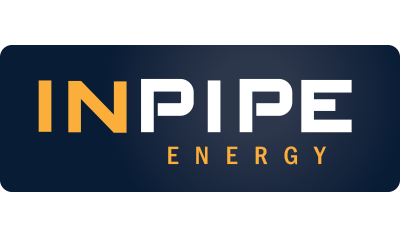
July 11, 2019 – UC Davis’ Center for Water-Energy Efficiency (CWEE) is delighted to introduce their newest affiliate, InPipe Energy. Dedicated to generating low cost, clean electricity from existing water pipelines, InPipe will join CWEE’s efforts to advance water management solutions for the integrated savings of water and energy resources. Funds from InPipe’s commitment will […]

